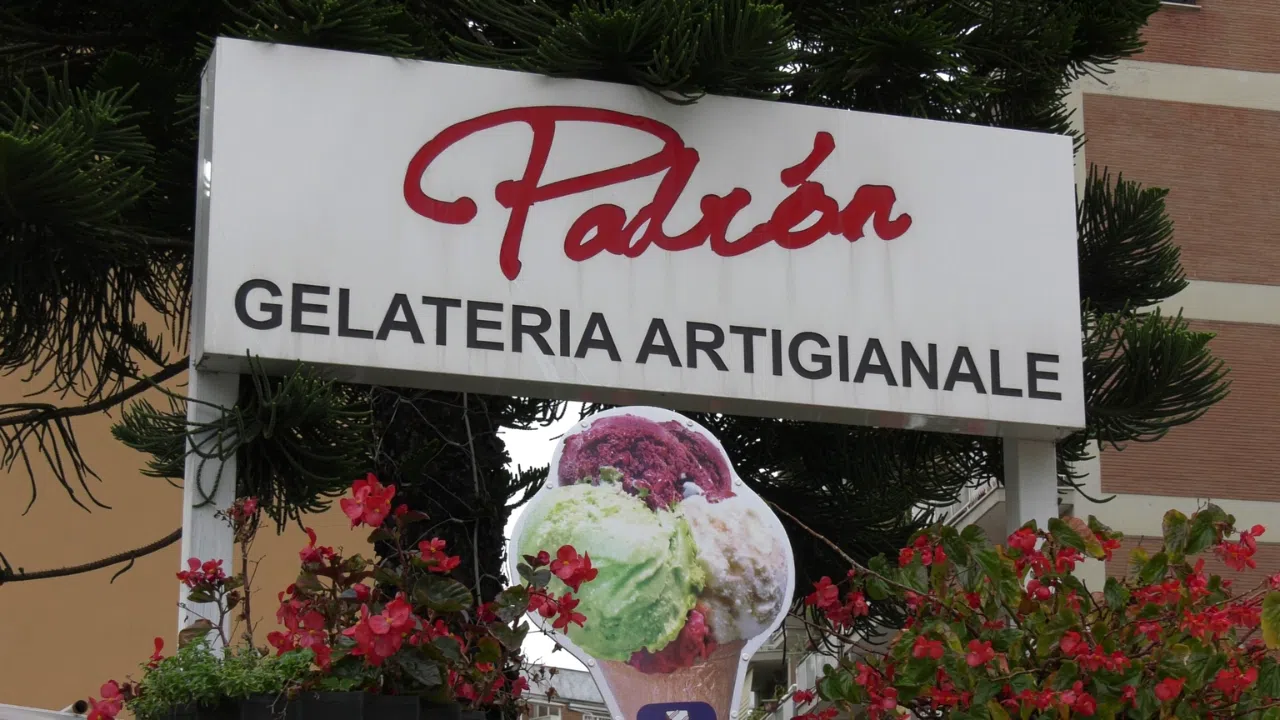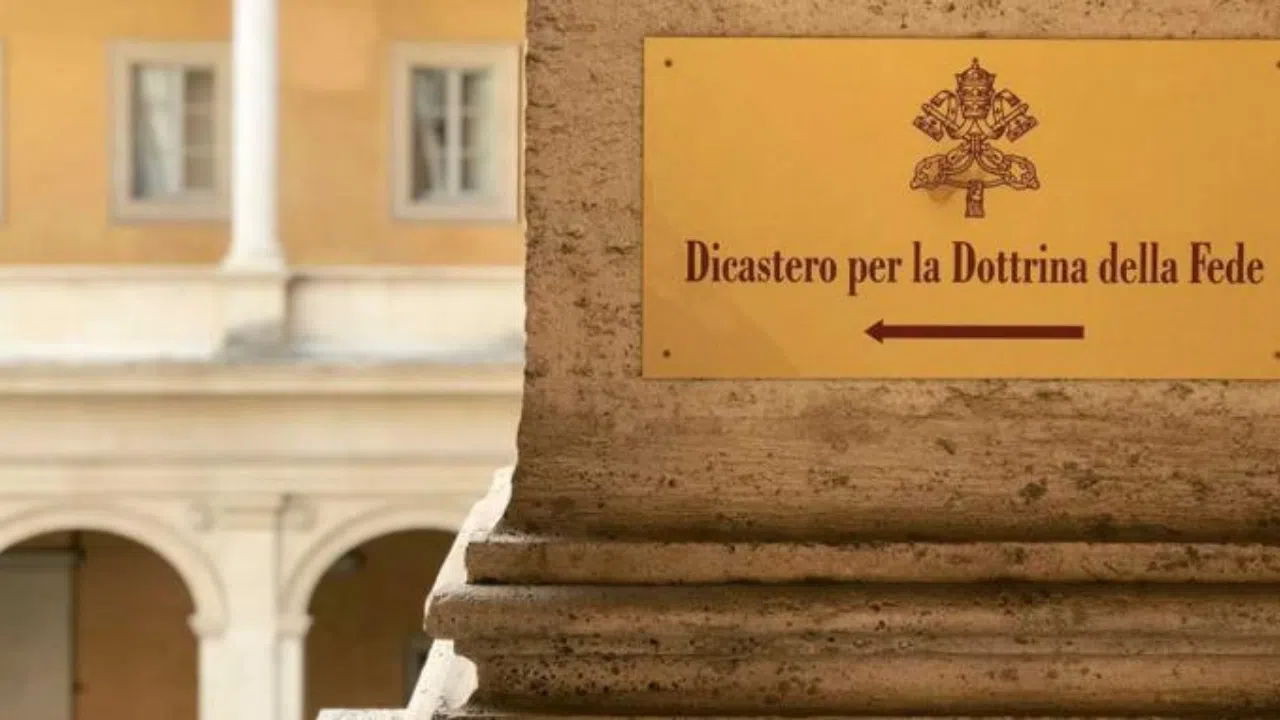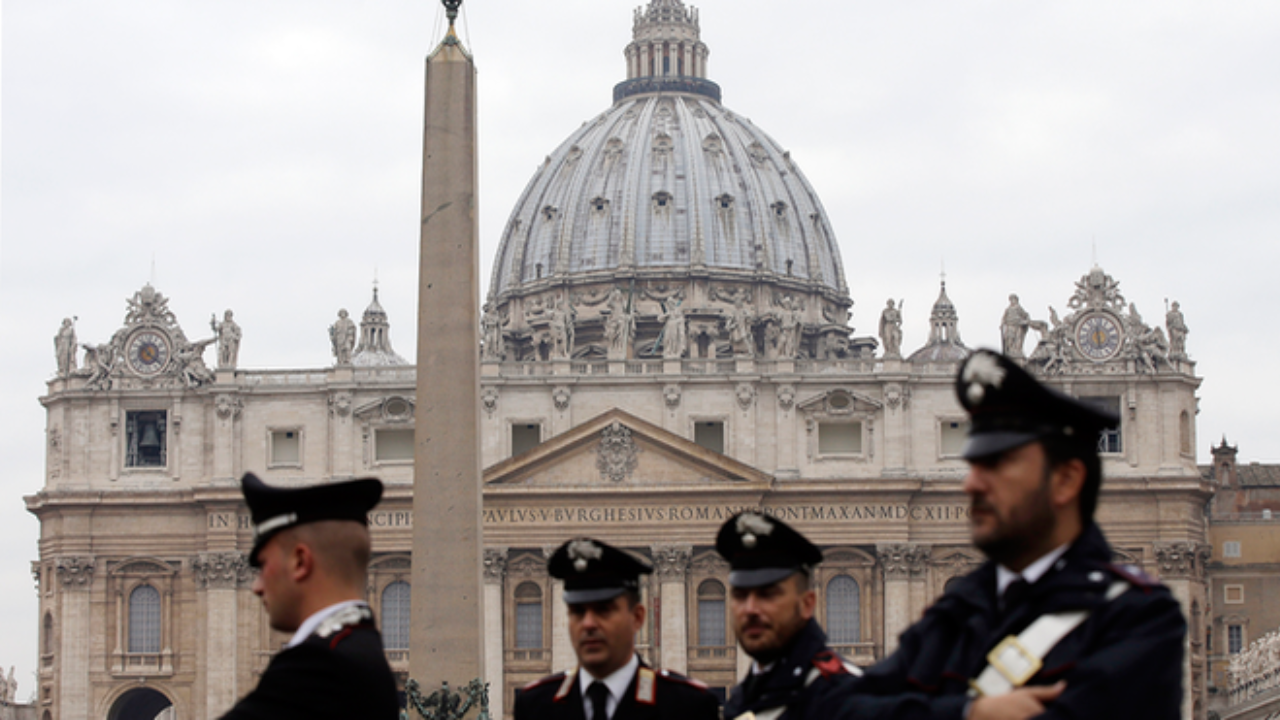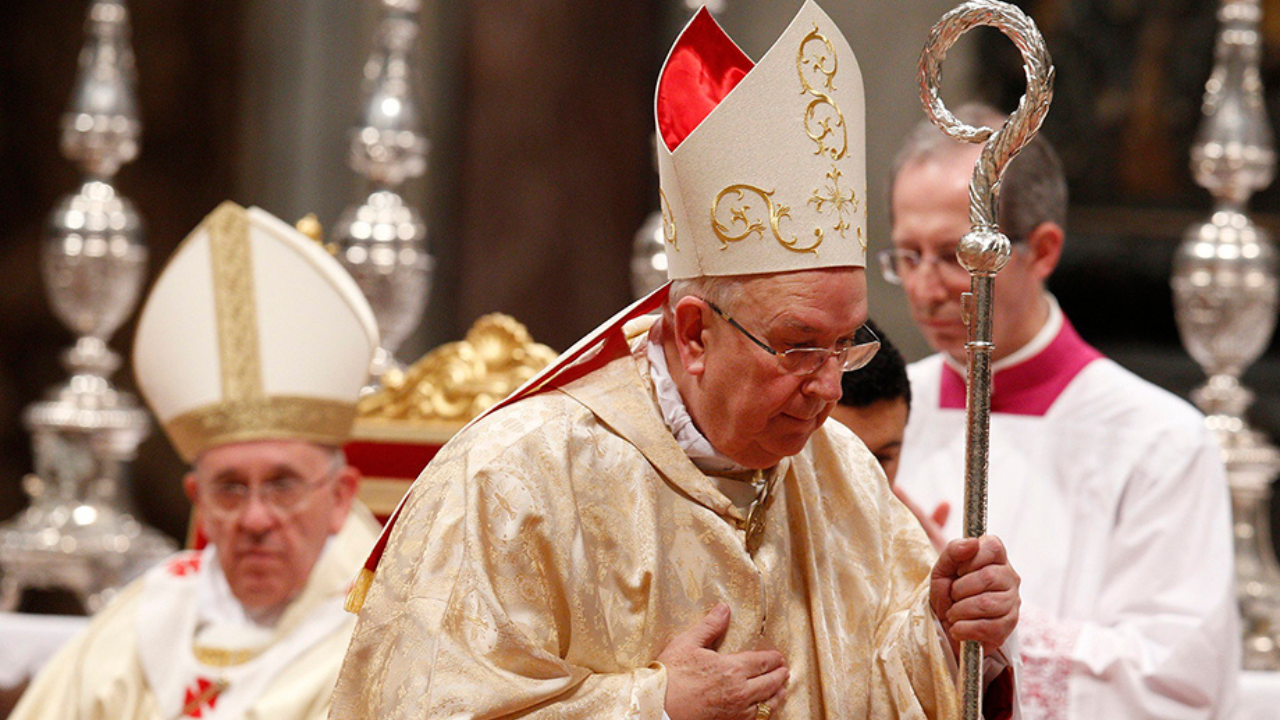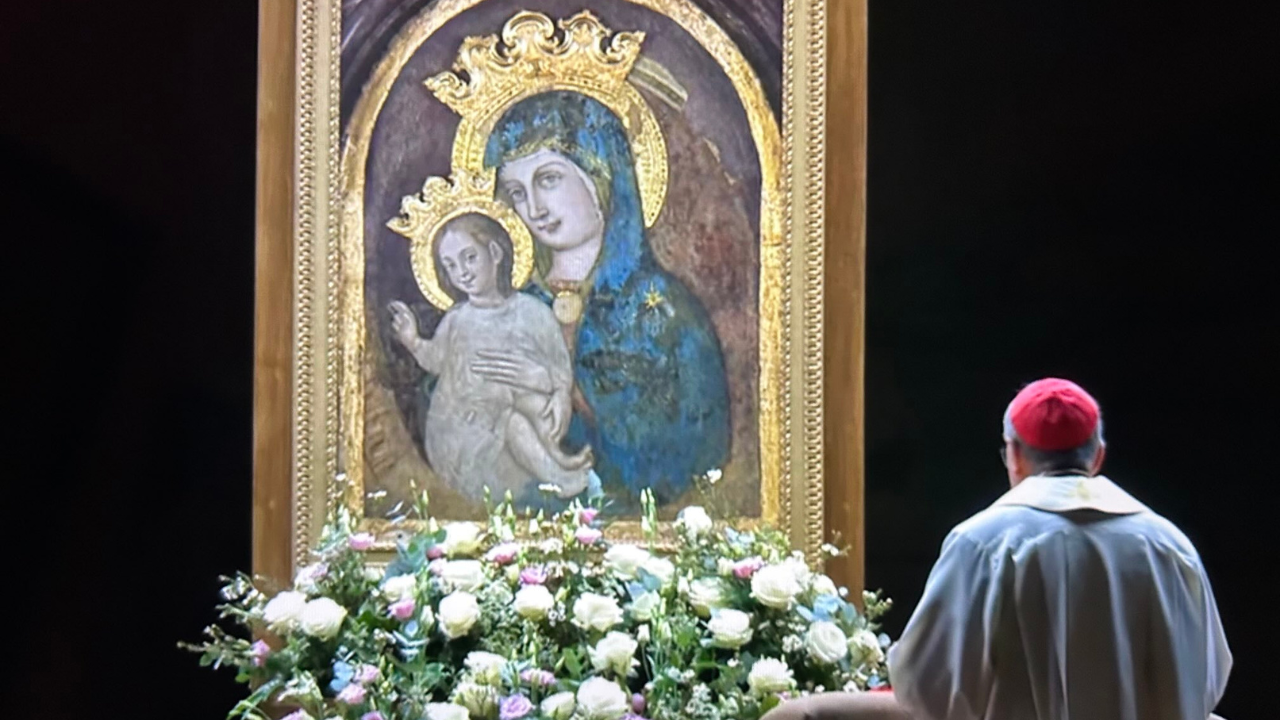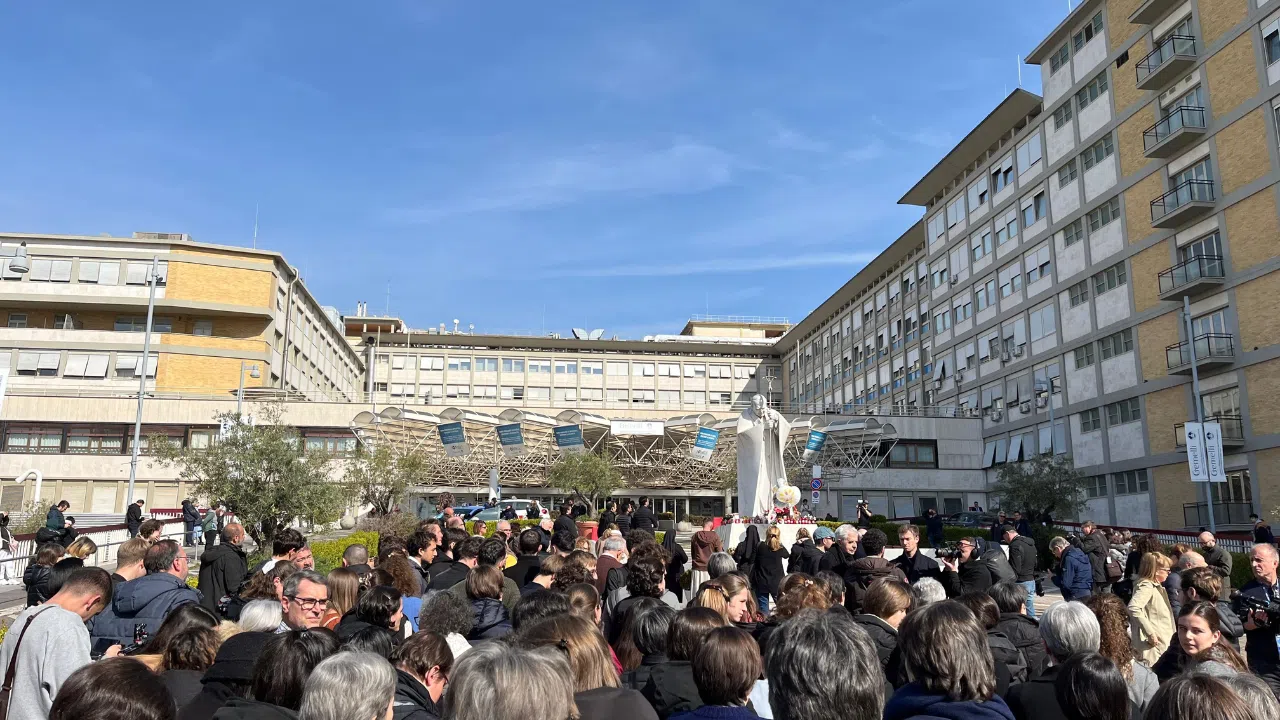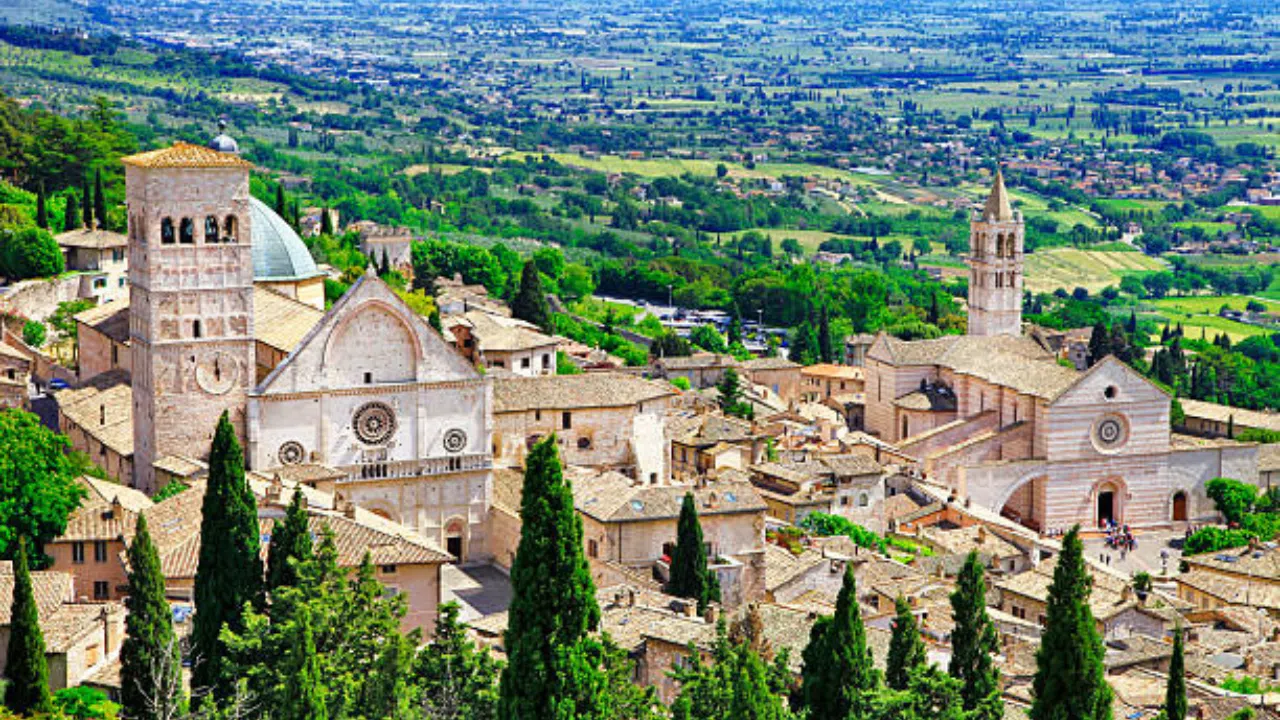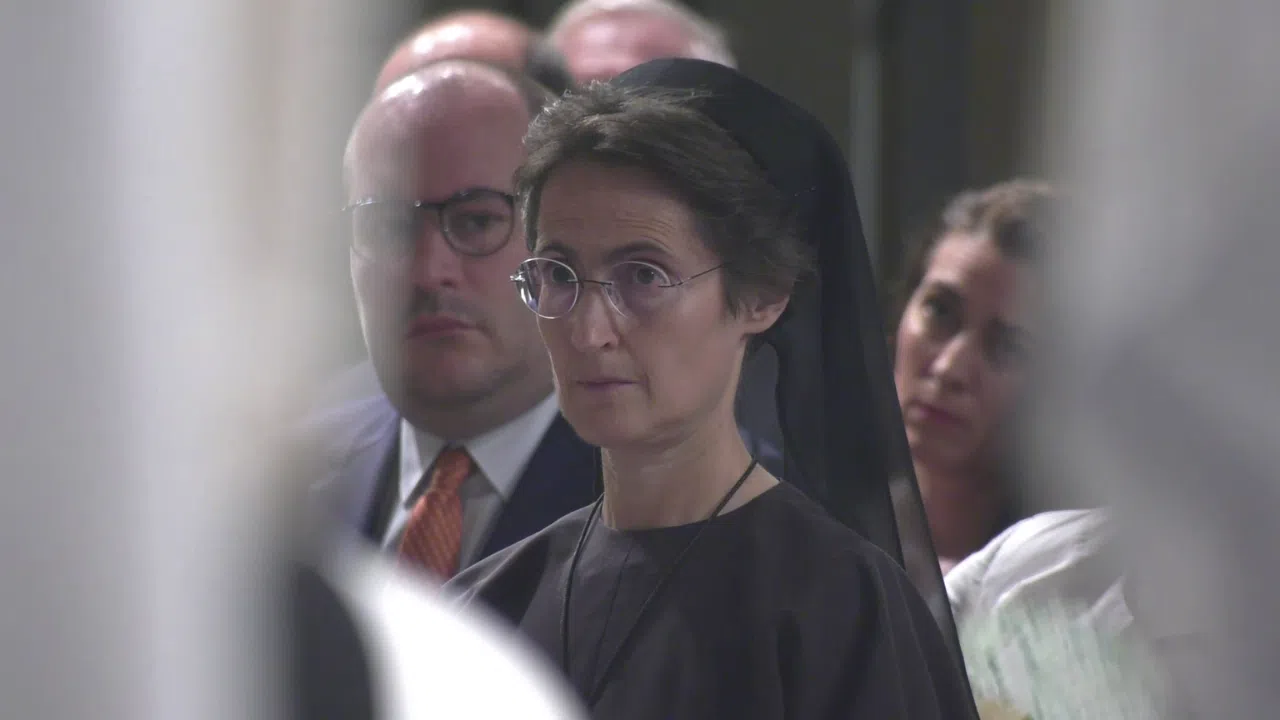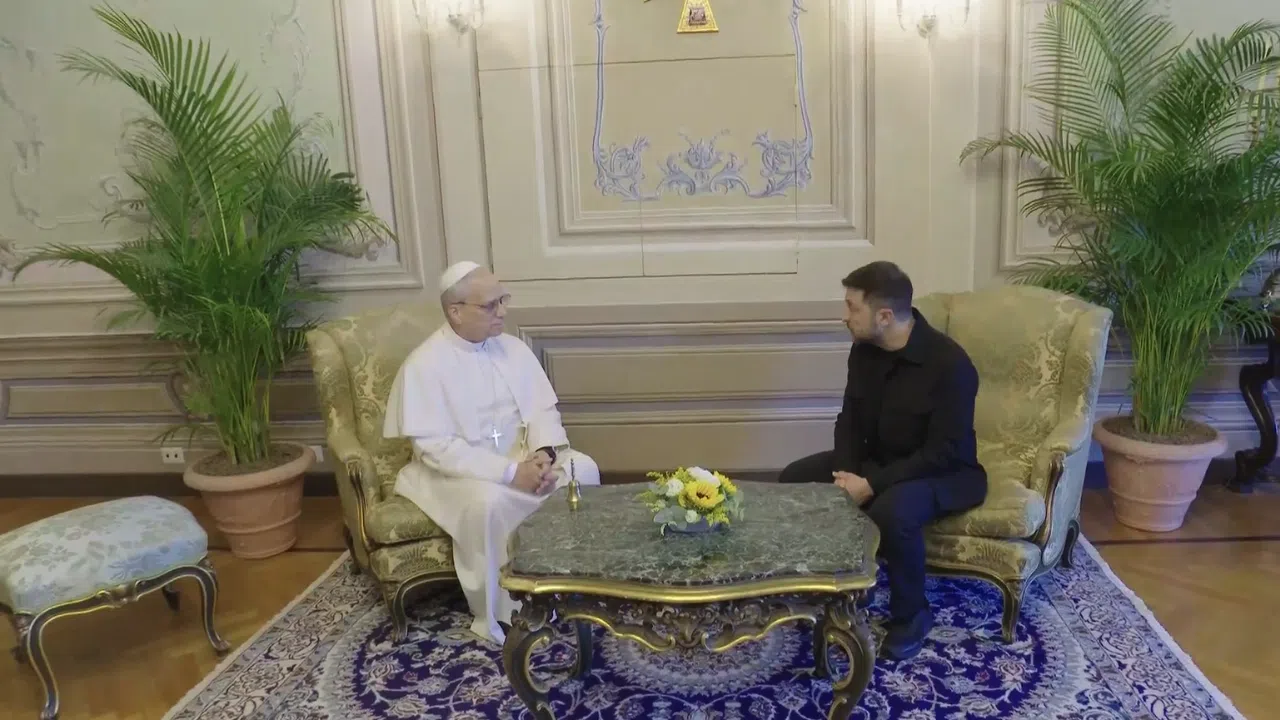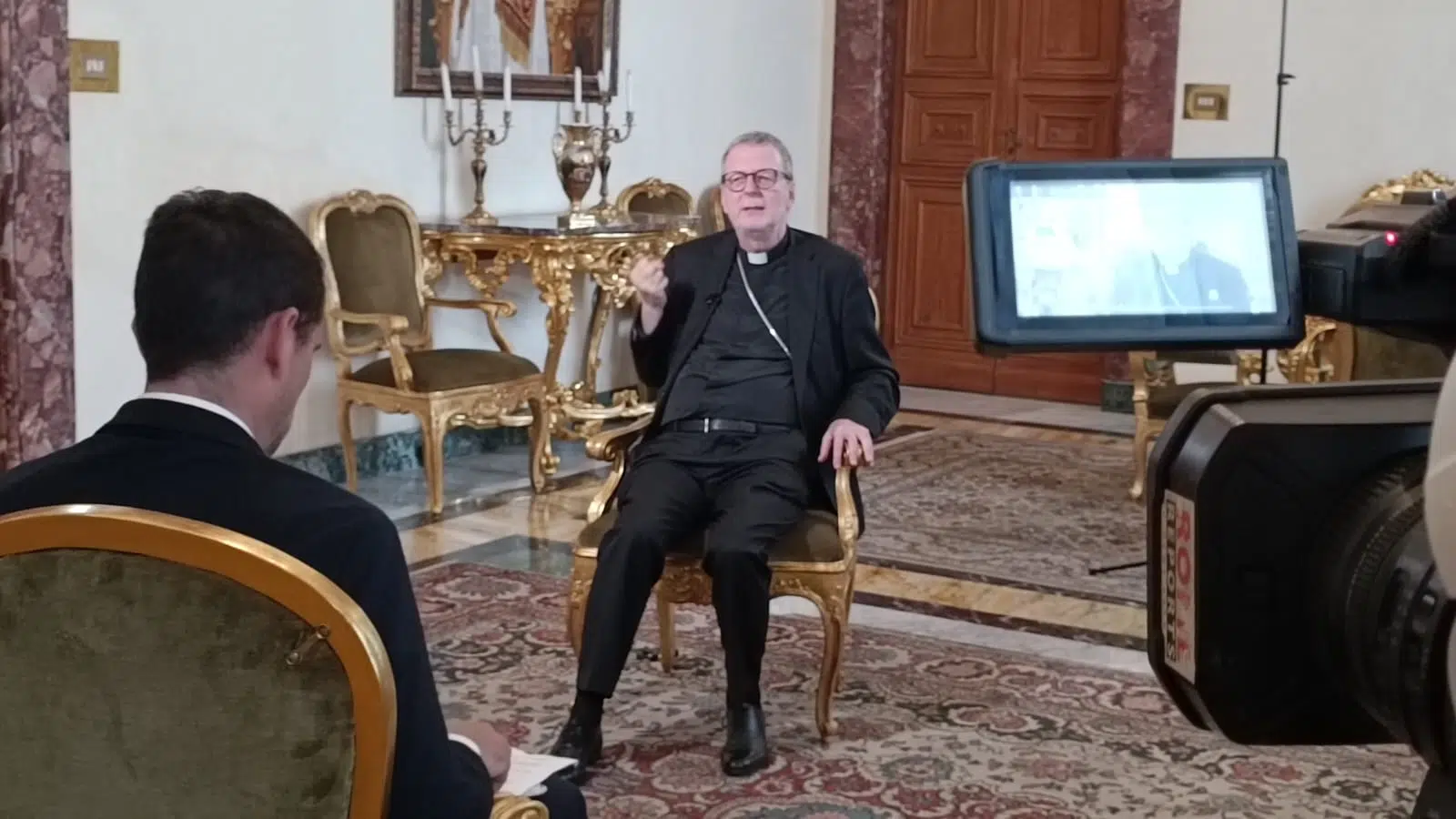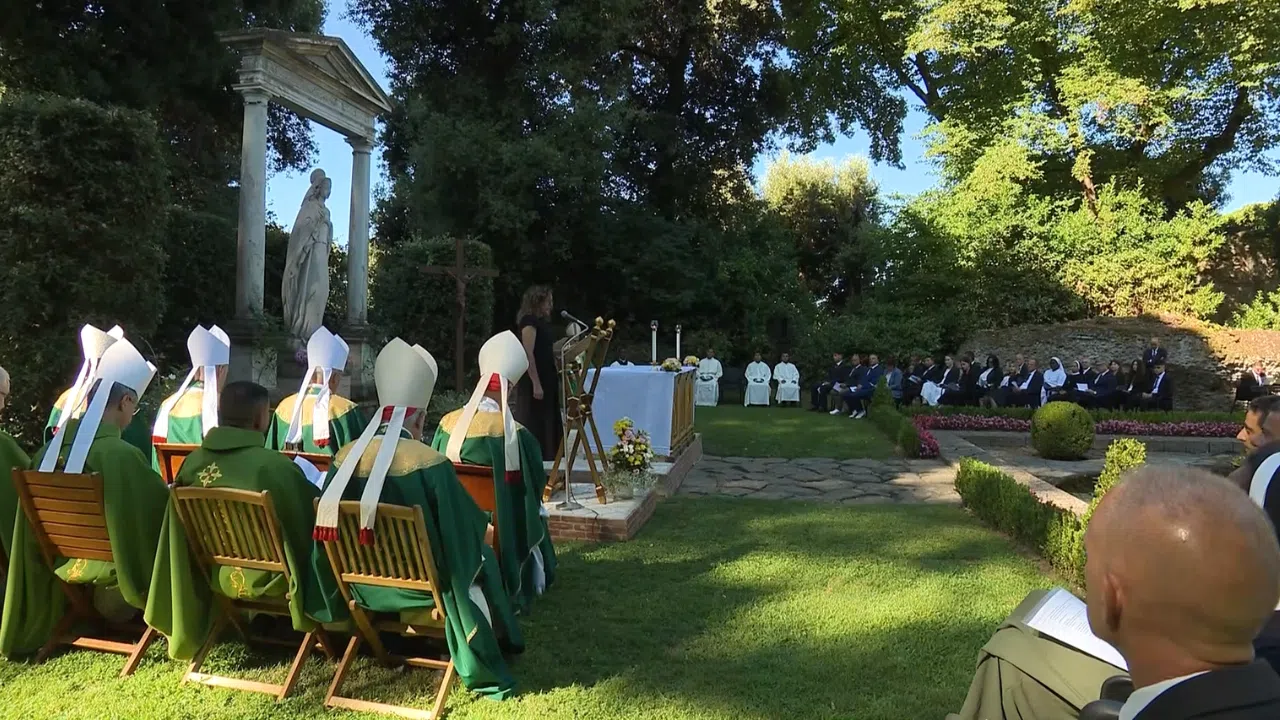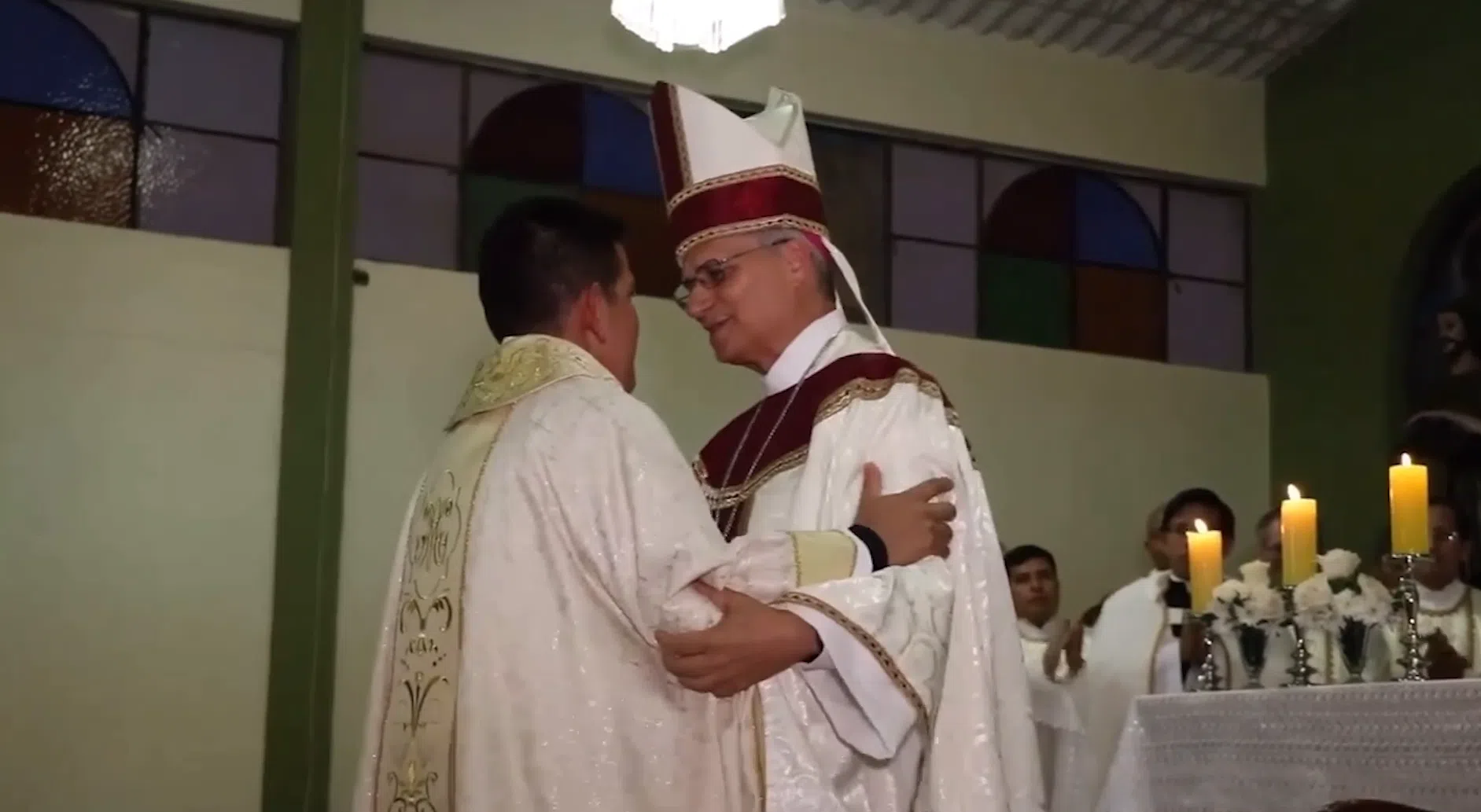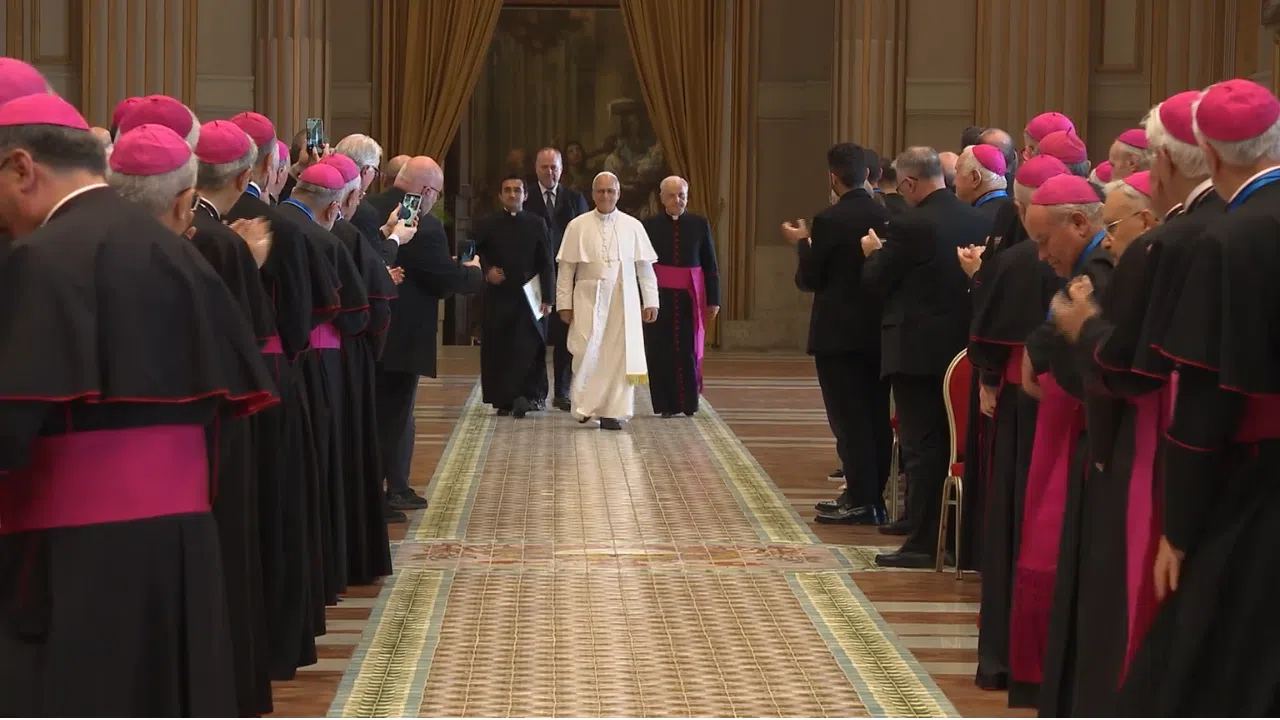On the fourth Sunday of Lent, the liturgical color changes from purple to pink. It is known as Laetare or Joy Sunday: a way the Church encourages its faithful to finish the period of Lenten penance with the joy of Christ's resurrection in mind. The name, Joy Sunday, is used because the opening psalm of the Mass begins with “Rejoice Jerusalem.”
This same tradition is also done on the third Sunday of advent, called Gaudete Sunday. It invites Christians to rejoice in the promise of salvation.
POPE FRANCIS
Today we celebrate the third Sunday of Advent. In the first reading, the prophet Isaiah invites the whole earth to rejoice in the coming of the Lord, who brings salvation to His people.
Centuries ago, on the fourth Sunday of Lent, the Pope walked the road from St. John Lateran, the papal cathedral, to the Basilica of the Holy Cross in Jerusalem, where tradition says that pieces of Jesus' passion are kept. The Pope carried a golden rose to give to the Prefect of Rome. From there, the custom of sending a golden rose to Catholic rulers, public personalities or as gifts from the popes to the Virgin Mary was born.
Why the symbol of the rose is important is not clear. But some scholars believe its roots are in ancient Rome, where this flower represented the passage from the harshness of winter to the joy of spring.
SA/DA
TR: AT

